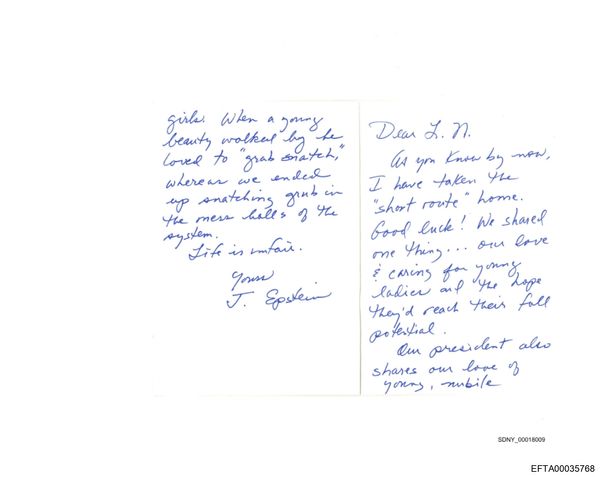For India and Pakistan, war is never more than a heartbeat away. Ever since the partition in 1947, there has never been a let-up.
Fratricidal loathing, the fatal pull of the vendetta, the conviction of millions of Pakistanis that the whole of the Muslim-majority Himalayan territory of Kashmir is, by rights, theirs… such are the factors that keep vicious wars breaking out over and over again.
India and Pakistan are once again teetering on the edge of full-blown conflict amid their most serious escalation in decades. What was an uneasy standoff erupted this week into open conflict after India initiated Operation Sindoor: pre-dawn strikes against nine sites of “terrorist infrastructure” on its neighbour’s side and within Pakistan-administered Kashmir.
Pakistan’s prime minister, Shehbaz Sharif, called India’s actions an “act of war”, one that killed at least 31 civilians, including women and children, and declared that his country “has every right” to respond.
Today, on the Siachen glacier in the high Himalayas, 5,400 metres above sea level, thousands of troops from both sides still eyeball each other, 22 years after a ceasefire was signed in the world’s highest and most pointless conflict.
But what makes these neighbours so dangerous – what immediately sparks huddles in the UN Security Council and sets off alarm bells in the White House – is that the two capitals, New Delhi and Islamabad, are a mere 800km apart. That, and the fact these chronic enemies are both nuclear-armed. One country could devastate the other in the blink of an eye.
The latest conflict has been a long time coming. Sliced down the middle by the de facto border known as the Line of Control, Kashmir’s uniquely controversial status was recognised by one Indian government after another with a limited degree of autonomy. But in 2019, fulfilling a longstanding demand of Hindu nationalists, Indian PM Narendra Modi stripped that away, making it just another state – and provoking rage in Pakistan.
For a long time, Modi appeared to have got away with it. After 30 years of insurgency, relative peace returned to Kashmir’s beautiful lakes and mountains, and tourism by Indians had begun to recover – until last month.
On 22 April, five armed militants killed 26 non-Muslims near Pahalgam, a resort town in the Indian-administered part of Kashmir. It was an ambush that hit Indian nationalists where they hurt most: massacring Hindu civilians on the route to the cave temple on Mount Amarnath, the site of a major annual pilgrimage that draws tens of thousands of devotees every summer. For Modi’s government, with its strong religious bent, it was a cruelly well-calculated blow.
India claimed that its nine air strikes overnight were targeted at sites identified with Pakistan-based militant organisations, such as Jaish-e-Mohammed and Lashkar-e-Taiba, which have been blamed for terror attacks in Kashmir in the past. But the hitting of mosques and some targets in the Pakistani heartland of Punjab increased the danger of serious escalation.
The inevitable fear now is of a nuclear exchange. It was in 2002, following terror attacks on the Delhi and Kashmiri parliaments the previous year, that the world got the first real jitters about the old vendetta spiralling out of control. Certainly, there is nothing structural to prevent a nuclear conflagration from happening.
Following the Bay of Pigs crisis, the US and the USSR developed elaborate protocols to reduce the risk of accidents and mistakes. India and Pakistan have not reached first base with such measures. In 2004, a nuclear hotline between the two capitals was set up. The world will now be praying that it does not have to be used.







